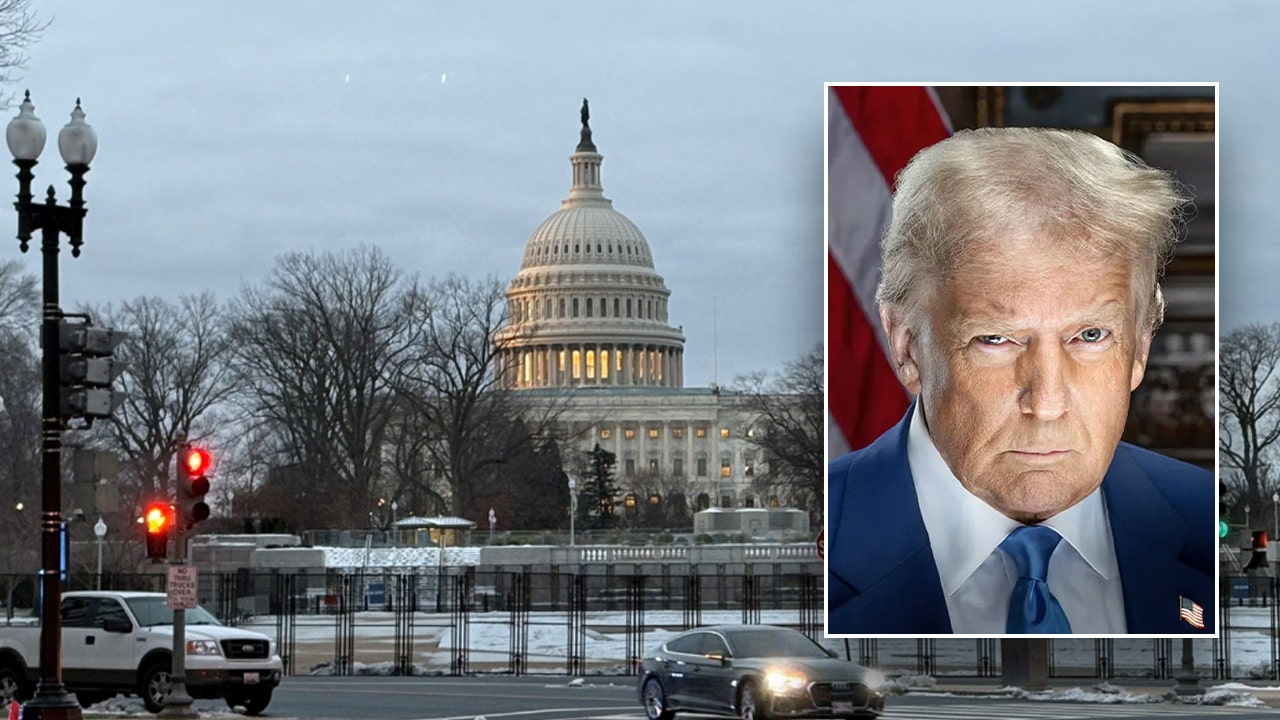Spot Gold Forecast For Today: Stock markets in the US will remain open on Veterans Day on Monday but bond markets will be closed, limiting the market volatility at the beginning of next week.
On Wednesday, The US Bureau of Labor Statistics (BLS) will publish Consumer Price Index (CPI) data for October. Investors expect the CPI and the core CPI, which excludes volatile food and energy prices, to rise by 0.2% and 0.3%, respectively, on a monthly basis. In case the core CPI increases at a softer pace than forecast, the USD could weaken against its rivals with the immediate reaction. On the other hand, an increase of 0.3%, or bigger, in the monthly core CPI could make it difficult for Gold (XAU/USD) to hold its ground.
Meanwhile, market participants will scrutinize comments from Fed policymakers now that the blackout period is over. The CME FedWatch Tool shows that markets are pricing in about a 70% chance of another 25 bps rate cut in December. If Fed officials adopt a more cautious tone on further policy easing, citing the potential inflationary effects of Trump policies, US T-bond yields could start pushing higher and weigh on gold.
Gold Technical Forecast Today 13 November, 2024
After dropping below the lower limit of the ascending regression channel coming from June, Gold found support and returned within this channel. The Relative Strength Index (RSI) indicator on the daily chart, however, failed to push higher after recovering to 50, reflecting buyers’ hesitancy.
On the downside, key support area seems to have formed at $2590, where the Fibonacci 23.6% retracement of the uptrend and the lower limit of the ascending channel meet, ahead of the 50-day Simple Moving Average (SMA) at $2,603. A daily close below this support could open the door for another leg lower toward $2,537.
Looking north, the first resistance could be spotted at $2,727 (20-day SMA). In case gold flips that level into support, technical buyers could take action. In this scenario, $2,770 (mid-point of the ascending channel) could be seen as the next hurdle before $2,800 (record-high).
US CPI not being at target will still have been the case in October: Numbers are released later today
Markets
US bond yields surged after having had the day off on Monday for Veteran’s Day. Net daily changes varied between 8.7 and 13.1 bps across the curve spectrum as President-elect Trump’s reflationary politics continue to reverberate. Expectations for a (much) looser fiscal policy lift those for US growth at a time when CPI inflation has yet to hit the 2% central bank target. With Germany now having set the election date at February 23, we’ll be looking for the fiscal narrative to gain traction in the country and more broadly in Europe as well. US CPI not being at target will still have been the case in October. Numbers are released later today. Headline inflation is seen to accelerate from 2.4% to 2.6% y/y. Core inflation would match September’s 3.3%. Any beat, however small, would cast further doubt on another December 25 bps rate cut. Markets already pared the odds sharply to about 60%. Minneapolis Fed Kashkari yesterday said that “if we saw inflation surprises to the upside between now and then, that might give us pause” when asked what could cause the Fed not to cut rates next month, deviating from the September dot plot. Kashkari is live commenting at Bloomberg when the CPI numbers come out. Stock markets succumbed to the yield pressure. Wall Street eased off the record highs, the Dow Jones underperforming. Europe’s Stoxx50 slipped 2.25%. A technical acceleration kicked in after the index lost support around 4800. Widening interest rate differentials (European swap rates rose between 0.7-4.6 bps) and the risk-off created the perfect environment for the USD. The greenback strengthened once more against all major peers. EUR/USD tested the 1.06 big figure. It avoided a break yesterday (1.062) but continues to trade on the backfoot this morning (1.061), suggesting ongoing, by default Dollar strength. USD/JPY extends its meteoric rise that’s been going on since mid-September to beyond 155 currently. We expect to see some Japanese government and central bank officials to become increasingly vocal about the matter. Gilts underperformed Bunds on “sticky” (BoE chief economist Pill) wage growth but sterling couldn’t benefit. Perhaps the UK currency is eying other important data that’s upcoming, including Friday’s GDP numbers and next week’s CPI. EUR/GBP jumped back above 0.83 but the technical picture remains a fragile one.
News and views
The Federal Reserve Bank of New York consumer survey showed households’ inflation expectations declined slightly across the whole spectrum of horizons in October. One-year ahead inflation expectations eased 0.1%pt to 2.9%, three-year ahead expectations declined 0.2%pt to 2.5% and the 5-y gauge softened to 2.8%. Home price growth expectations (3.0%) were unchanged and stayed in a tight band since August 2023. Labor market expectations improved with households reporting a lower likelihood of higher unemployment (-1.7%pt to 34.5%, the lowest since Feb 2022) and personal job loss (-0.3%pt to 13.0%). Consumers see a higher likelihood of finding a job if they were laid off. Median expected household income growth as unchanged at 3.0%. That was also the case for spending growth 4.9%, but this parameter stays well above pre-pandemic levels. Perceptions of credit access compared to a year ago improved in October. The average perceived probability of missing a minimum debt payment over the next three months decreased by 0.3%pt to 13.9%, the first decrease since May 2024. Perceptions about households’ current financial situations compared to a year ago improved.
Australian quarterly wage growth figures for Q3 for the third consecutive quarter printed at 0.8% Q/Q. The Y/Y measure eased to 4.1% to 3.5%. The rise was slightly more modest than expected. Annual growth in the private sector was 3.5% in the September quarter 2024. This is the lowest private sector annual growth since the September quarter 2022. Public sector annual growth (+3.7%) was higher than in the same quarter last year (+3.5%), but lower than the recent peak (+4.2%) seen in December quarter 2023. The Reserve bank of Australia expects wage growth to ease to 3.4% at the end of the 2024 and 3.2% end 2025. However, for these kinds of wage growth levels to be compatible with inflation sustainably returning to 2-3% a further rise in productivity is probably needed. Money markets currently still only fully discount a first RBA rate cut in the summer of next year. The Aussie dollar remains under pressure from USD strength (AUD/USD 0.6525) but in this move recently outperformed the likes of the euro (EUR/AUD 1.626).













